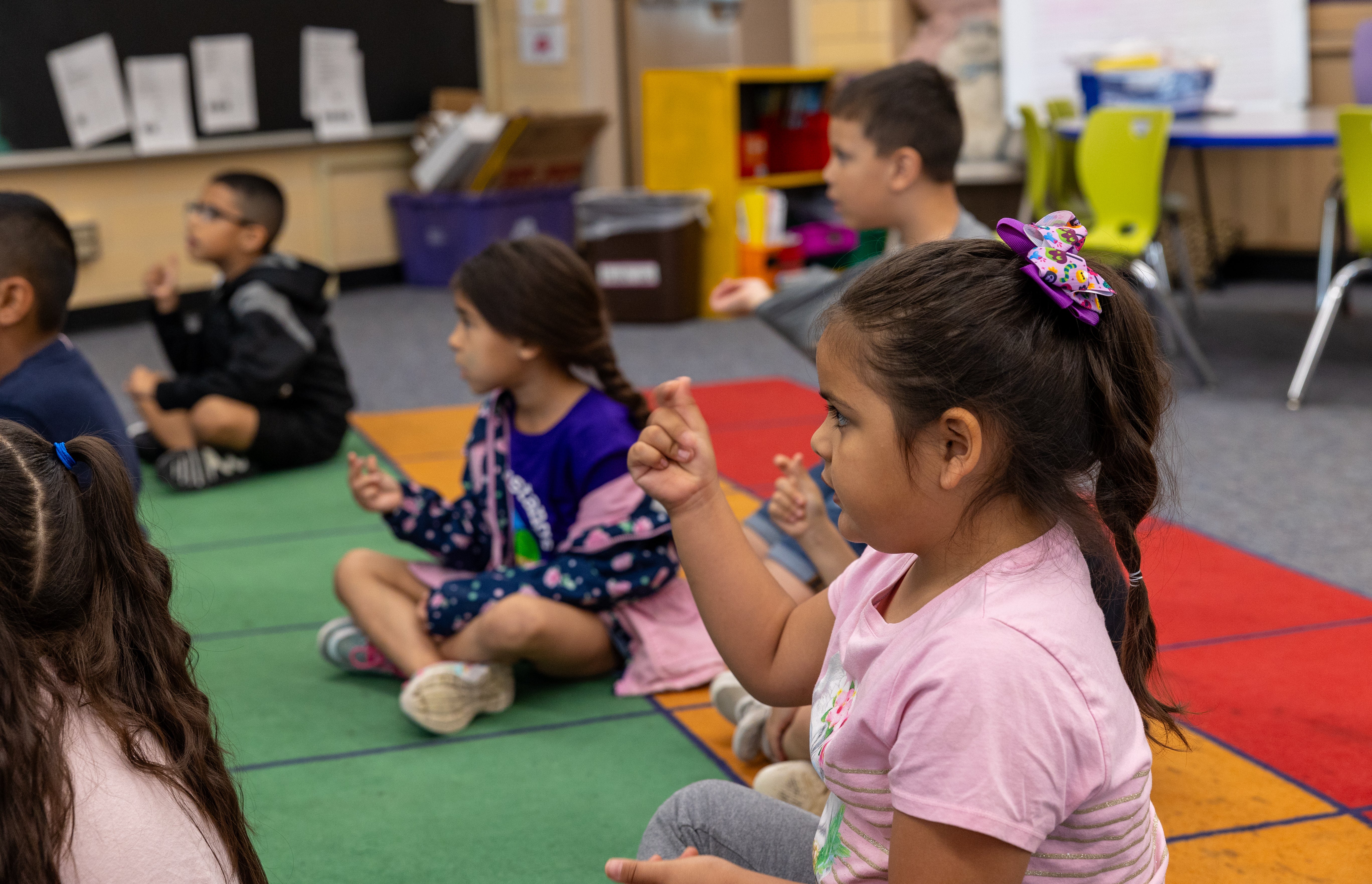Seeing is believing, the saying goes, and Priscilla Little has seen the benefits of afterschool systems up close for more than two decades. From 1996 to 2010, she oversaw the Harvard Family Research Project’s afterschool efforts. In 2012, she became the manager of Wallace’s “next-generation” afterschool system building effort, the successor to an initiative, begun in 2003, to increase access to high-quality afterschool programming by coordinating the work of program providers, government agencies, private funders and other players.
Now that her time at Wallace has come to a close, we asked Priscilla to reflect on her experience in this evolving field.*
How has the field of afterschool system building changed since you started working with Wallace?
On a base numbers level, there are more communities trying to do it. And we now have cross-sector community collaborations that weren’t in place 10 years ago. Afterschool systems may start off as straight-up networks of programs, but they quickly embrace the fact that they’re operating in a larger community context. They recognize that they need to connect with other initiatives that touch young people and try to be more efficient, streamlined and coordinated in their approach. More afterschool systems are also working intentionally with school districts now, partly in response to education reform and greater openness on the part of schools. Another thing I’m seeing is increasing language about afterschool as a solution to workforce challenges—not just because it solves a childcare issue for the workforce but because it promotes the kind of skills employers need. It’s not that afterschool programs are doing anything different, but the way they’re being talked about is different.
What is the most important thing you’ve learned about system building in your time with Wallace?
One thing I’ve come to appreciate is the importance of coordination that fits the local context. What was a revelation for many of the sites in the Wallace initiatives is that coordination is going to change over time because community context changes. The notion of “one and done” is just not realistic. I could tell you many stories of systems that incubate in one place and land in another, and that’s an inherently good thing. That disruptive change is healthy for a system. Communities just want to figure out, “What is this going to look like?” And I tell them, “Good enough, good until. We’ll figure it out, and when something new comes along, we’ll figure it out again.”
What do you not know about system building that you still hope to learn?
What I keep getting asked is, “How do we sustain this work absent big resources from foundations?” How does it become part of the course of nurturing children to have these systems in place? Beyond the systems approach, how do we change education so that afterschool becomes part of the equation without school districts co-opting it? Wallace’s new Partnerships for Social and Emotional Learning initiative is partly about how we can help both school and afterschool systems do what they do well but coordinate better.
What does the future of afterschool system building look like to you?
Continuing to build systems is important because they’re good for providers and kids. The next frontier is changing the conversation so that it starts with equity and what young people need to be successful, not what we can do. We’re quick to jump to institutions and settings without asking, “What is your vision for young people in this community? How can the organizations in the community support that vision?”
*This interview has been edited and condensed.




